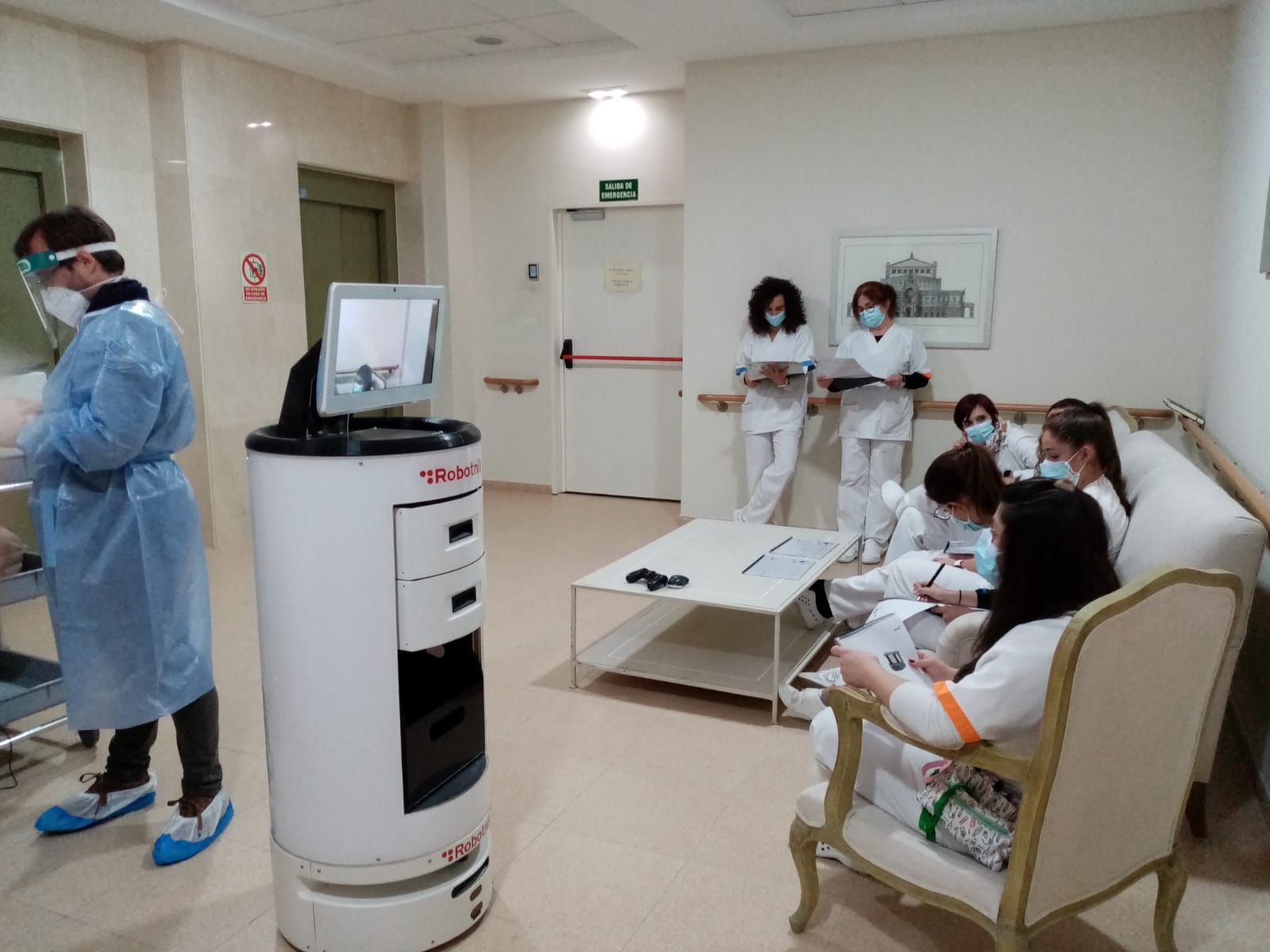Adaptive robotics is a field that goes one step further than collaborative robotics. It involves the development and manufacturing of robots capable of adapting to and learning from their environment, interacting with humans. In other words, adaptive robots are those with cognitive, sensing and decision-making capabilities to modify their behavior and function in response to contextual changes.
‘Hierarchical intelligence’ is the term used in the industry, referring to the different – and independent – layers of intelligence in the machine that would simulate a human brain (receiving visual information, planning trajectories, recognition, position calculation, etc.).
In short, it is about robots that can constantly ‘learn’ new things without needing to be reprogrammed: new routes, new sequences, new tasks…
This area of robotics has been under investigation for several decades and the evolution has been driven mainly by recent advances in technologies such as artificial intelligence, computer vision (also known as machine vision), the IoT and electronics.
These robots can use machine learning techniques to analyse and understand their environment, as well as learn from human interactions, adapt their behavior and function accordingly, making them a key tool for use in collaborative environments.
USES OF ADAPTIVE ROBOTICS
Following are 3 examples of different industrial sectors where adaptive robotics is used:
- Manufacturing: adaptive robots can be used in a wide range of manufacturing applications such as assembly, welding or quality inspection tasks. They can work collaboratively with human operators, performing repetitive or physically demanding tasks while human workers perform more complex jobs.
- Healthcare: robots are increasingly being used in healthcare-related tasks, for example to assist patients with reduced mobility, providing support to healthcare staff.
- Logistics and warehousing: in warehouses and distribution centres performing tasks related to order picking, inventory management or shipping.
Thanks to its ability to adapt to the environment’s challenges, the use of adaptive robotics has also spread to other sectors such as construction, hospitality, entertainment and agriculture, but it is particularly interesting how it is improving the automation of industrial processes.
ADAPTIVE ROBOTICS AND INDUSTRIAL AUTOMATION
Industry 4.0 is a concept that refers to the transformation of all industrial sectors, as a result of the impulse of new technologies.
This transformation mainly affects manufacturing and production processes, which have experienced a significant boost in cost-effectiveness, production capacity and cost reduction, among other benefits.
Production environments are highly dynamic and changing. In this context, adaptive robotics has the potential to perform its assigned function continuously and intelligently, adjusting its routes and functions in the most effective way.
For example, an assembly robot can adjust its speed and accuracy in response to changing production conditions, which can improve the efficiency and quality of the production process.
Finally, adaptive robotics brings new horizons of industrial flexibility by simplifying production lines (since a single machine can do multiple tasks) and improves the safety of human equipment, enhancing the automation of hazardous tasks.


